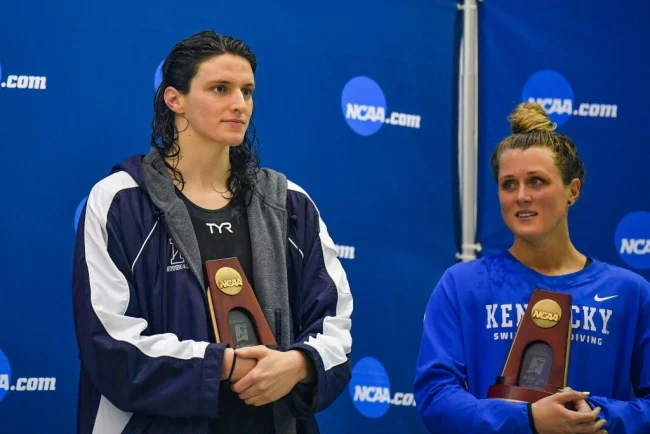Transgender athletes have become a prominent topic in the world of sports, raising important questions about fairness, inclusion, and the rights of individuals who identify with a gender different from the one assigned to them at birth. These athletes, including transgender women, transgender men, and non-binary individuals, participate across various sports and levels of competition, from school teams to international championships. The discussion surrounding transgender athletes reflects broader societal debates about gender identity and equality, making it a complex and evolving issue.
One of the key challenges in the debate over transgender athletes involves balancing competitive fairness with inclusivity. Critics often argue that transgender women—individuals assigned male at birth but who identify and live as women—may have physical advantages in women’s sports due to physiological factors such as muscle mass, bone density, and cardiovascular capacity that develop during male puberty. These differences can affect performance in speed, strength, and endurance events. On the other hand, supporters emphasize that transgender athletes deserve equal opportunity to compete and that sports should be welcoming to people of all gender identities. The mental health benefits and social inclusion that come from participation are also highlighted as crucial factors.
Sports organizations around the world have been actively working to establish policies that address the participation of transgender athletes. The International Olympic Committee (IOC) has implemented guidelines that primarily focus on hormone levels, particularly testosterone, as a measure for eligibility in women’s events. These guidelines require transgender women to maintain testosterone below a certain threshold for a specified period before competing. Similarly, other governing bodies, such as World Aquatics, formerly known as FINA, have adopted rules that can restrict transgender women who have undergone male puberty from competing in elite women’s competitions. However, these rules vary widely depending on the sport, the level of competition, and the governing authority.
In the United States, educational institutions face additional legal considerations due to Title IX, a federal civil rights law that prohibits sex-based discrimination in any school or university receiving federal funding. Recent federal actions have pushed schools to adopt policies that define eligibility for women’s sports based on biological sex rather than gender identity. A notable case involved the University of Pennsylvania, which reached an agreement with the Department of Education following a federal investigation. The university was found to have violated Title IX by allowing a transgender woman swimmer to compete on the women’s team and set records. As a result, the school updated its policies to align with a biological definition of sex and removed the athlete’s name from women’s swimming records. This case has set a precedent for how institutions might handle transgender athlete participation moving forward.
Legal battles and social debates continue to surround transgender athletes. Lawsuits filed by cisgender female athletes claim competitive disadvantages when competing against transgender women, further fueling the conversation about fairness. Some U.S. states have enacted legislation to restrict transgender women from participating in girls’ and women’s sports at school and collegiate levels. These laws often spark protests and calls for greater protections of transgender rights.
Scientific research on the impact of transgender athletes in sports is ongoing and sometimes conflicting. A 2017 study published in Sports Medicine found no definitive evidence to prove consistent performance advantages for transgender women after hormone therapy. Meanwhile, a 2023 review acknowledged that puberty-induced physical differences can give some advantages but noted that many are mitigated through hormone treatments. Experts agree that more comprehensive research is needed to fully understand the implications and to inform fair policies.
High-profile athletes like Lia Thomas have brought considerable attention to the issue. Thomas, a transgender woman and NCAA Division I swimming champion, sparked widespread debate when she won a national title after competing on a men’s team prior to transitioning. Her success led to protests, lawsuits, and a reevaluation of policies governing transgender participation in collegiate sports. While Thomas has expressed a desire for equal respect and recognition as an athlete, governing bodies have since tightened eligibility requirements, especially for international competitions, such as the Olympics.
The conversation around transgender athletes continues to evolve as society grapples with questions of identity, fairness, and inclusion. Sports organizations, governments, and communities face the challenge of creating policies that honor both the rights of transgender individuals and the integrity of women’s sports. As new scientific data emerges and public opinion shifts, the landscape for transgender athletes will likely keep changing, reflecting the broader cultural and legal dynamics at play.







